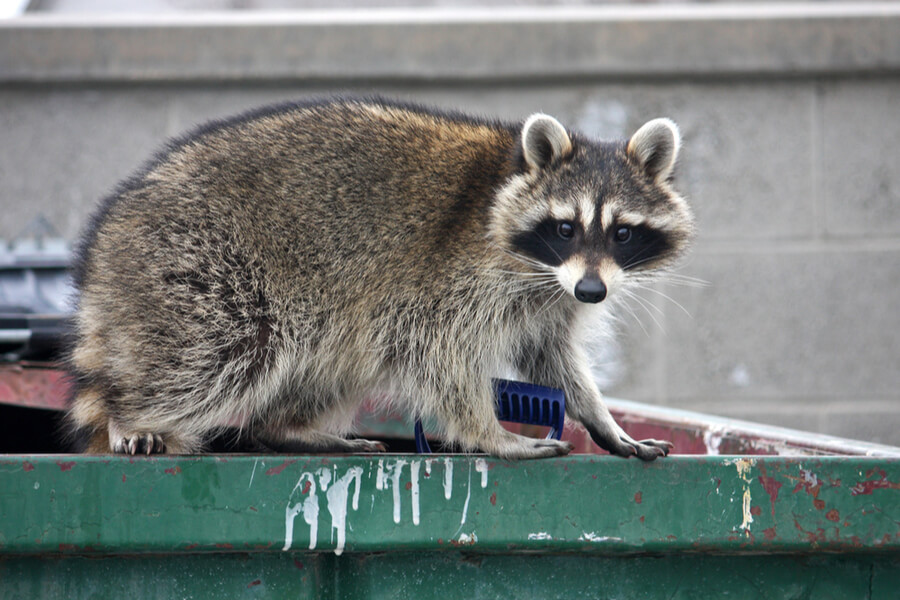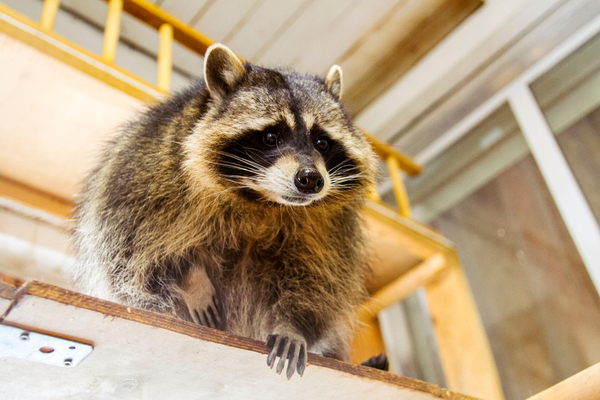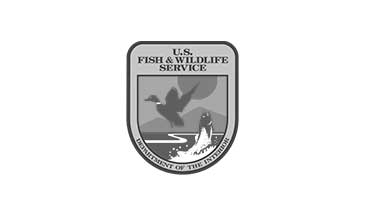If you see a coyote near your home, don’t panic. It’s rare that coyotes attack people. However, they may see your pet as a threat or even prey, so it’s always worth keeping a watchful eye on these canines if they’re near your property. But what exactly should you be watching for? In this blog, we’ll answer some of the most common questions we get asked about coyotes and their behaviors, so you can know exactly how to protect yourself, your pets, and your property.
Remember: If a coyote seems aggressive or unafraid of people, contact local animal control immediately.Coyote Characteristics
First, let’s look at where coyotes are found and what their normal behavior looks like. Simply understanding the patterns of these animals may help clear up a lot of the behaviors you’ve witnessed from them.
Where are Coyotes Found?
Coyotes are wild animals native to North America. They’re found in almost every state in the US. Recently, coyotes have been increasing in number, particularly in states like Ohio, Indiana, and Minnesota.
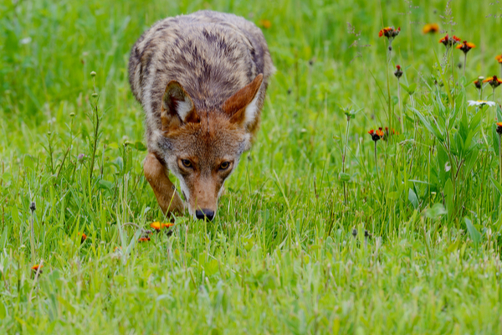
Coyote Behavior
Coyotes are opportunistic scavengers. They tend to wander from place to place in their search for food, targeting areas where resources are abundant and easy to access. If they can’t find food in one place, they’ll quickly move on. However, if they do find a place with easy and consistent food access, they will start defending that place as their home territory.
If coyotes consistently find food sources in your neighborhood, they may slowly start losing their fear of humans. When that happens, they may wander closer to yards or try to approach humans during the day. When coyotes start coming too close for comfort, professional wildlife control services are necessary.
Coyotes mark their territories with urine and may act to protect them from outside threats. Their territories are typically small and centered around a consistent, abundant food supply. If that supply starts running low and they need to hunt for more food, they’ll gradually expand their territory’s limits until sufficient access is secured.
When are Coyotes Most Active?
While coyotes can be active at any time of the day, they’re most often seen around dusk and dawn. This pattern of activity is called ‘crepuscular’, as opposed to ‘nocturnal’ (predominantly active at night) or ‘diurnal’ (predominantly active during the day).
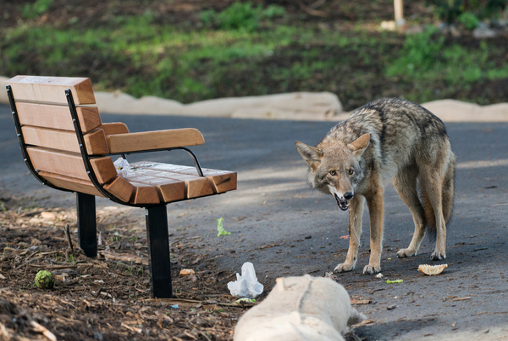
FAQs About Coyote Control & Behavior
Let’s dive into why coyotes are near your property and the potential threat these predators pose to people, pests, and property.
You shouldn't worry too much about coyotes around your neighborhood so long as their behavior is normal—shy, wary, and primarily active at dawn or dusk. It’s also fairly normal to see them active during the day in the spring and summer, as this is when they’re spending a lot of their time scavenging for their pups.
Do Coyotes Attack People at Night?
Generally, no. Coyotes are naturally shy and wary animals. They will avoid humans and attempt to access food unseen whenever possible. However, as they are primarily crepuscular, it is most common for people to see them around the nighttime, at dawn or dusk. During the day they’re usually hiding in their dens, brush, or other hidden places.
What Do Coyotes Eat at Night?
If coyotes choose to go looking for food at night, they’re looking for the same kinds of things they would at any other time of day – small mammals, garbage, or even pets in some cases.
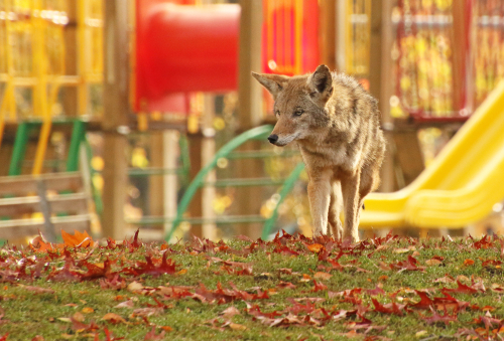
Why Are There Coyotes Outside My House?
If coyotes are only in your neighborhood occasionally, they’re probably just passing through in their perpetual quest for food. However, if coyotes are lingering near your home for extended periods, it’s probably because they’ve found an easy food source nearby. Though technically omnivorous, a coyote’s preferred diet is 90% meat, so areas with an abundance of small mammals, garbage, livestock, or even pets can be especially attractive to them.
Are Coyotes Aggressive? Are They Dangerous to People?
Coyotes aren’t typically aggressive. However, once a pack has established a territory with dens, they may act to protect it. This can even be true for urban coyotes occupying neighborhoods or cities.
When Coyotes Become a Problem
Occasionally, coyotes pose a threat to humans when they start behaving unusually, especially if they stop showing a fear of people. While rare, this can happen when they become too comfortable in a neighborhood. Desensitized coyotes may be more prone to stalking pets, particularly at night. They may even challenge people with behaviors reminiscent of aggressive dogs—barking, snarling, or lunging.
Coyote Prevention: What To Do if You Have Coyotes Near Your House
If you have coyotes near your property, it’s probably because they have easy access to food nearby, such as unsecured garbage cans or dumpsters. So, to encourage coyotes to move on or prevent them from setting up shop in the first place, you can:
- Clear your yard of pet food, berries, fallen fruit, and other food sources
- Watch your pet carefully and do not leave them outside for long periods of time
- Keep your garbage covered or inside the garage
- Invest in a fence with buried wire aprons to make your yard less accessible

The Importance of Reliable & Humane Coyote Control & Removal
Coyotes are critical to maintaining a balanced ecosystem; they help keep rodent and small mammal populations in check. However, your neighborhood isn’t their natural habitat, so keeping them away from homes isn’t just best for you, it’s best for the coyotes, too.
If you can’t get coyotes to move on, or if they’re becoming increasingly problematic near your property, we’re here to help. Varment Guard offers humane and effective coyote control. Schedule a service today!

